Forest Food Web: Unveil the Marvelous Secrets of Nature
- August 8, 2024
- 0 comment
Step into the vibrant world of the forest food web, where each link plays a crucial role in maintaining the ecosystem’s health and vitality. In this exploration, discover how diverse species connect, survive, and thrive together, shaping the lush landscapes we cherish. Join us as we unveil the vital connections that make forests dynamic and resilient.
What is a Forest Food Web?
A forest food web is a complex and interconnected system that describes the relationships between different organisms in a forest ecosystem. It encompasses all the food chains in a forest, illustrating how energy and nutrients cycle through various living organisms, from the smallest decomposers to the top predators. In a forest food web, plants typically form the base, using sunlight to produce energy through photosynthesis. This energy is then passed on to herbivores that feed on the plants, and subsequently to carnivores that eat the herbivores. Decomposers and detritivores play a critical role by breaking down dead organic matter, and returning nutrients to the soil, which supports plant life and starts the cycle anew.
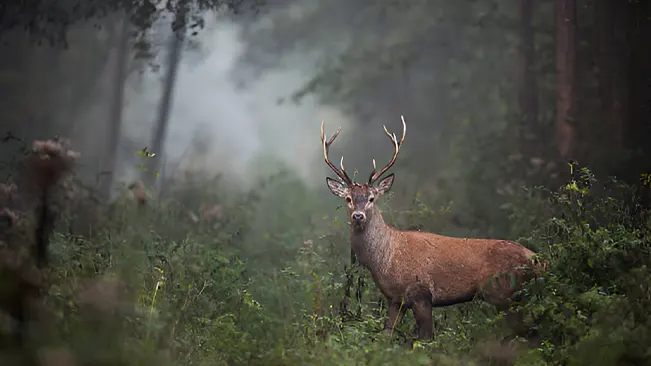
Understanding a forest food web is crucial for grasping how ecosystems function and maintain balance. Each species, whether a primary producer, consumer, or decomposer, holds a specific niche that contributes to the ecosystem’s overall health and sustainability. Changes or disruptions in the food web, such as the loss of a keystone species or the introduction of an invasive species, can lead to significant ecological shifts. By studying forest food webs, scientists and conservationists can make informed decisions about how to protect forests and manage resources, ensuring that these vital ecosystems continue to thrive and support a diverse array of life.
The Importance of Forest Food Webs
Forest food webs are critical to the health and sustainability of forest ecosystems around the world. They illustrate the complex interactions and dependencies among various organisms, showing how energy flows and nutrients cycle through the environment. This intricate network of relationships helps maintain ecological balance and supports biodiversity, which is crucial for the resilience of forests against environmental changes and disruptions.

The importance of forest food webs extends beyond ecological balance; they also have significant implications for human welfare. Forests provide numerous ecosystem services that are vital for human survival, including air and water purification, climate regulation, and the provision of resources like food, medicine, and raw materials. A healthy forest food web ensures that these ecosystems can continue to perform these functions effectively. Furthermore, forests play a crucial role in carbon sequestration, helping to mitigate climate change by absorbing carbon dioxide from the atmosphere. Maintaining robust forest food webs is essential not only for the health of the environment but also for supporting economic activities and preserving cultural values tied to forested landscapes.
Components of a Forest Food Web
Producers in the Forest Food Web
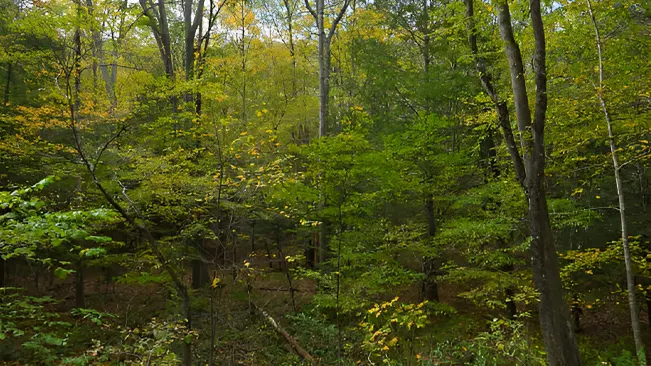
In a forest food web, producers are predominantly plants and algae that anchor the ecosystem’s energy flow. Through the process of photosynthesis, these producers harness solar energy to synthesize glucose from carbon dioxide and water, providing the foundational energy source for the food web. This energy is vital not only for the producers themselves but also nourish the entire ecosystem. Trees, shrubs, and undergrowth capture vast amounts of energy, which is then transferred through the food web as animals consume plant matter. Additionally, producers play a crucial role in carbon sequestration, helping to regulate atmospheric CO2 levels and contributing to climate stabilization.
Consumers in the Forest Food Web
Herbivores
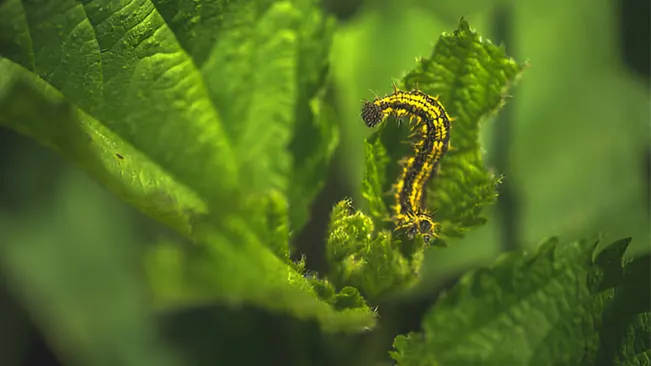
Primary consumers are herbivores that eat plants or algae. Caterpillars, insects, grasshoppers, termites, and hummingbirds are primary consumers because they feed on auto trophs (plants). Large herbivores include elephants, deer, rodents, sloths, and others. Few herbivores, such as the koala, eat only one type of producer.
Carnivores
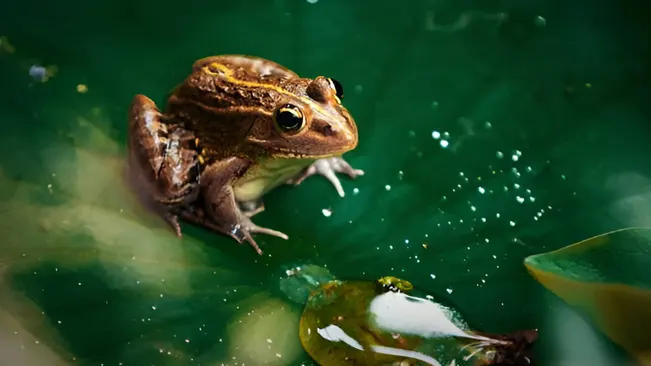
These are small animals that hunt herbivores. Omnivores, which feed on plants and animals, could be taken as primary and secondary consumers. Small insects, ants, arthropods, frogs, snakes, owls, and other avian species are considered carnivores in forest food webs and food chains.
Omnivores
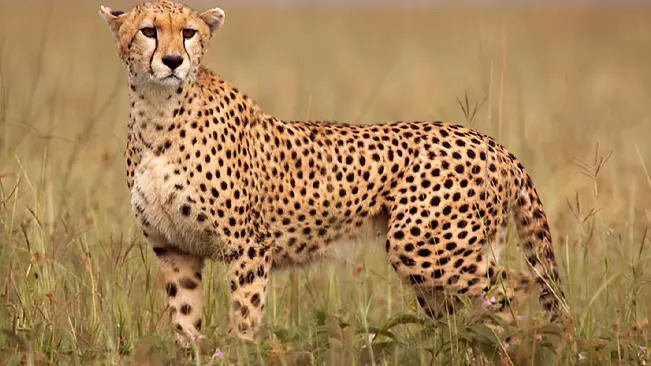
These are called apex predators, which are considered hyper carnivorous or omnivorous. These animals are usually at the peak of the food chain and feed on both secondary and primary consumers. These are the big cats like tigers, lions, panthers, jaguars, leopards, cheetahs, etc. Bears, wolves, foxes, and others also fall into this category. Large snakes, such as pythons and boas, birds, such as hawks and owls, and some deadly fish species, also comprise the highest trophic level of the forest food web.
Decomposers in the Forest Food Web
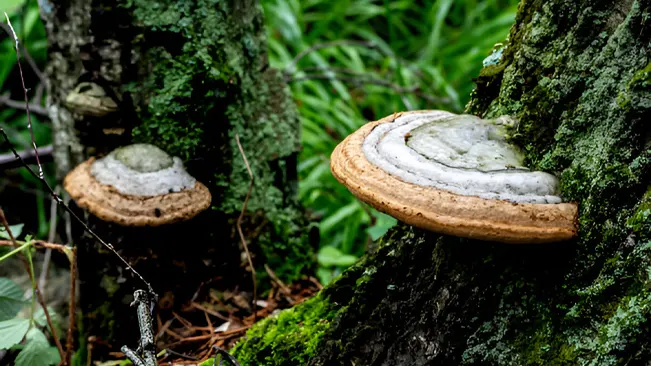
Decomposers, such as fungi and bacteria, play a pivotal role in breaking down dead organic material, decomposing it back into basic nutrients that replenish the soil, thus supporting new plant growth. This recycling of nutrients is essential for the productivity of the forest ecosystem. Detritivores, including earthworms and certain insects, assist in this decomposition process by consuming dead matter and excreting nutrient-rich waste, which further enriches soil fertility. This nutrient cycling ensures the sustainability of the forest’s primary production and overall health.
Energy Flow in the Forest Food Web
In a forest ecosystem, energy flow is organized into a hierarchy known as trophic levels. The foundational level is occupied by producers, mainly plants, which synthesize energy from sunlight. These producers are consumed by the next level of the food web, the herbivores, which in turn are preyed upon by carnivores at a higher trophic level. Beyond these, decomposers like bacteria and fungi play a critical role by breaking down dead organic material and waste, recycling nutrients back into the ecosystem.
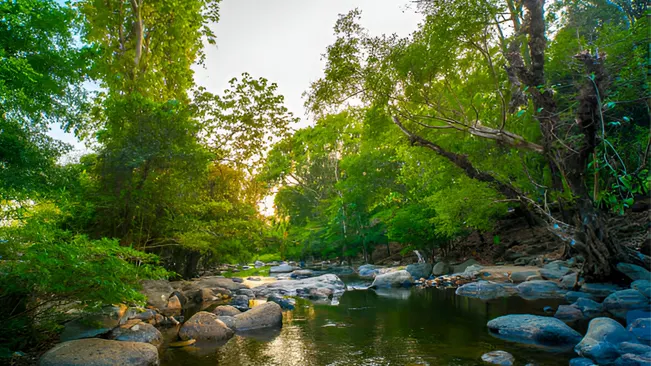
The stability of a forest’s food web is essential for maintaining ecological balance. Disturbances at any trophic level can propagate through the system, leading to widespread ecological disruptions. For example, indiscriminate deforestation can decrease herbivore populations, which in turn affects the numbers of predators in a cascading effect known as a trophic cascade. If these imbalances are not addressed, they can lead to the collapse of the food web, resulting in severe degradation of the ecosystem. This delicate balance underscores the interconnectedness of all species within the food web and the importance of each in sustaining the health of the forest ecosystem.
Impact of Human Activities on Forest Food Webs
Direct Impacts
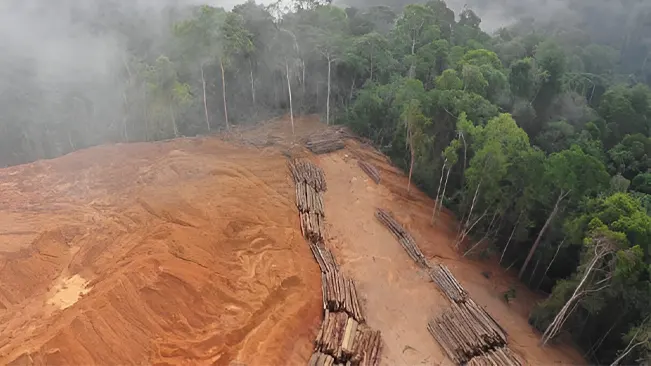
One of the most direct ways humans affect forest food webs is through habitat destruction, such as deforestation for agriculture, urban development, or logging. These activities reduce the availability of critical habitat for many species, directly reducing biodiversity. For example, when trees are removed, not only are the primary producers affected, but also the entire chain of consumers that rely on them for shelter and food. This can lead to decreased populations of herbivores, which in turn affects predator species. Additionally, roads and infrastructure development fragment habitats, limiting species’ movements and altering their interactions, which can lead to localized extinctions and reduced genetic diversity.
Indirect Impacts
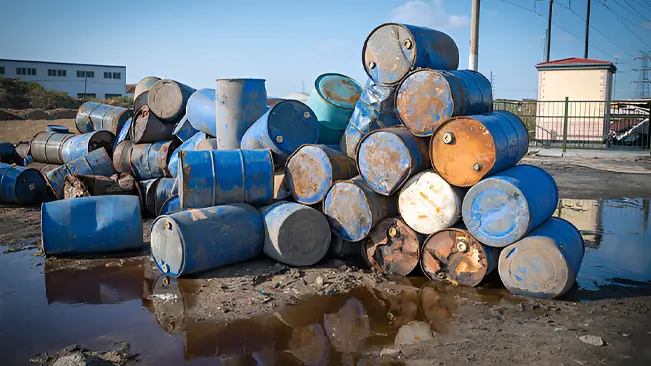
Human activities also indirectly impact forest food webs through pollution and climate change. Chemical pollutants from agricultural runoff, industrial waste, and aerial spraying can contaminate water and soil. These toxins can accumulate in the tissues of forest organisms, disrupting physiological processes and reducing fertility or increasing mortality rates, which alter food web dynamics. Similarly, climate change, driven by the emission of greenhouse gases, affects forest ecosystems by altering temperature and precipitation patterns. These changes can shift the geographic ranges of species, alter breeding seasons, and modify the availability of food resources. For instance, changes in temperature could affect the timing of insect emergence, which is crucial for birds during the breeding season.
The Dynamics of the Forest Food Web
The forest food web is a dynamic system, constantly evolving in response to environmental changes rather than remaining a static network of species interactions. Seasonal variations significantly influence this web by altering food resource availability and species behaviors. For example, certain plants only bloom or fruit in specific seasons, directly impacting the diets of herbivores and the carnivores that prey on them. This cyclical dependency underscores the sensitivity of food availability and its broad implications on the food chain.

Furthermore, changes in species composition, such as the removal or introduction of certain species, can have dramatic effects on the forest food web. Removing a top predator, for example, often leads to herbivore population booms, resulting in overgrazing and vegetation damage. This not only affects the herbivores by reducing their food sources but also disrupts the whole ecosystem, since plants are the primary producers in the food web. Human activities like deforestation, pollution, and climate change intensify these impacts, causing habitat loss, the spread of invasive species, and changes in forest structure and climate, all of which challenge the stability and health of the forest ecosystem.
Conclusion
In conclusion, the forest food web is a vital and intricate system essential for the stability and health of forest ecosystems. Each element, from decomposers to apex predators, is crucial for maintaining ecological balance. However, human activities such as habitat destruction, pollution, and climate change pose significant threats to this balance. We must understand our impact and take actions to mitigate it. Preserving the forest food web is vital not only for the survival of numerous species but also for the overall well-being of our planet, highlighting the importance of responsible environmental stewardship.
FAQs
- What is a forest food web?
A forest food web describes the complex network of relationships among organisms in a forest ecosystem, showing how energy and nutrients cycle from one organism to another. - Why are producers important in the forest food web?
Producers, primarily plants and algae, are essential as they convert sunlight into energy through photosynthesis, serving as the primary energy source for all other organisms in the ecosystem. - How do consumers fit into the forest food web?
Consumers are classified as herbivores, carnivores, and omnivores. They depend on producers and other consumers for food, transferring energy across different trophic levels and helping to maintain ecological balance. - What role do decomposers play in the forest food web?
Decomposers, such as fungi and bacteria, break down dead organic material, returning essential nutrients to the soil, which helps sustain plant life and supports the entire food web. - How do human activities impact the forest food web?
Human activities can disrupt the forest food web through habitat destruction, pollution, and climate change, leading to imbalances that can affect biodiversity, ecosystem stability, and the services forests provide to the environment. - What can be done to protect forest food webs?
Protecting forest food webs involves conserving habitats, reducing pollution, managing resources sustainably, and supporting policies that mitigate climate change impacts. - How do changes in the forest food web affect global biodiversity?
Changes in the forest food web can lead to reduced biodiversity, affecting species survival, ecosystem resilience, and the overall health of the planet.

Joel Cunningham
Forestry AuthorI'm Joel Cunningham, an expert in pruning and weed management with over a decade of experience. My skills are rooted in formal training and extensive practice, focusing on advanced pruning techniques and efficient weed control. I'm known for my quality work, precision, and deep understanding of plant health and soil dynamics. My contributions extend to educational initiatives where I share sustainable practices and advice, establishing myself as a reliable and authoritative figure in the gardening community.

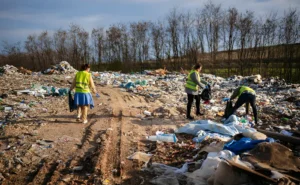
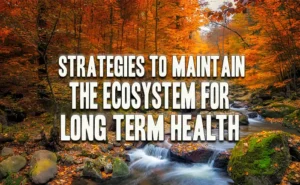
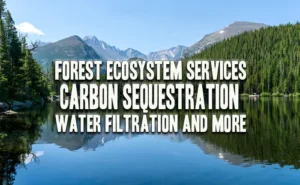
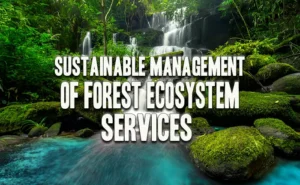
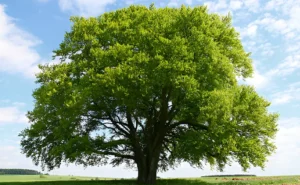
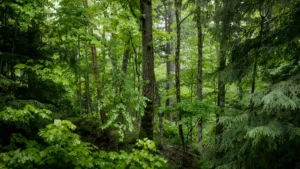
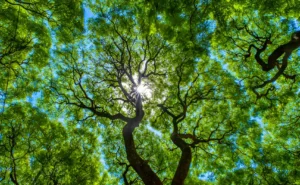
Leave your comment